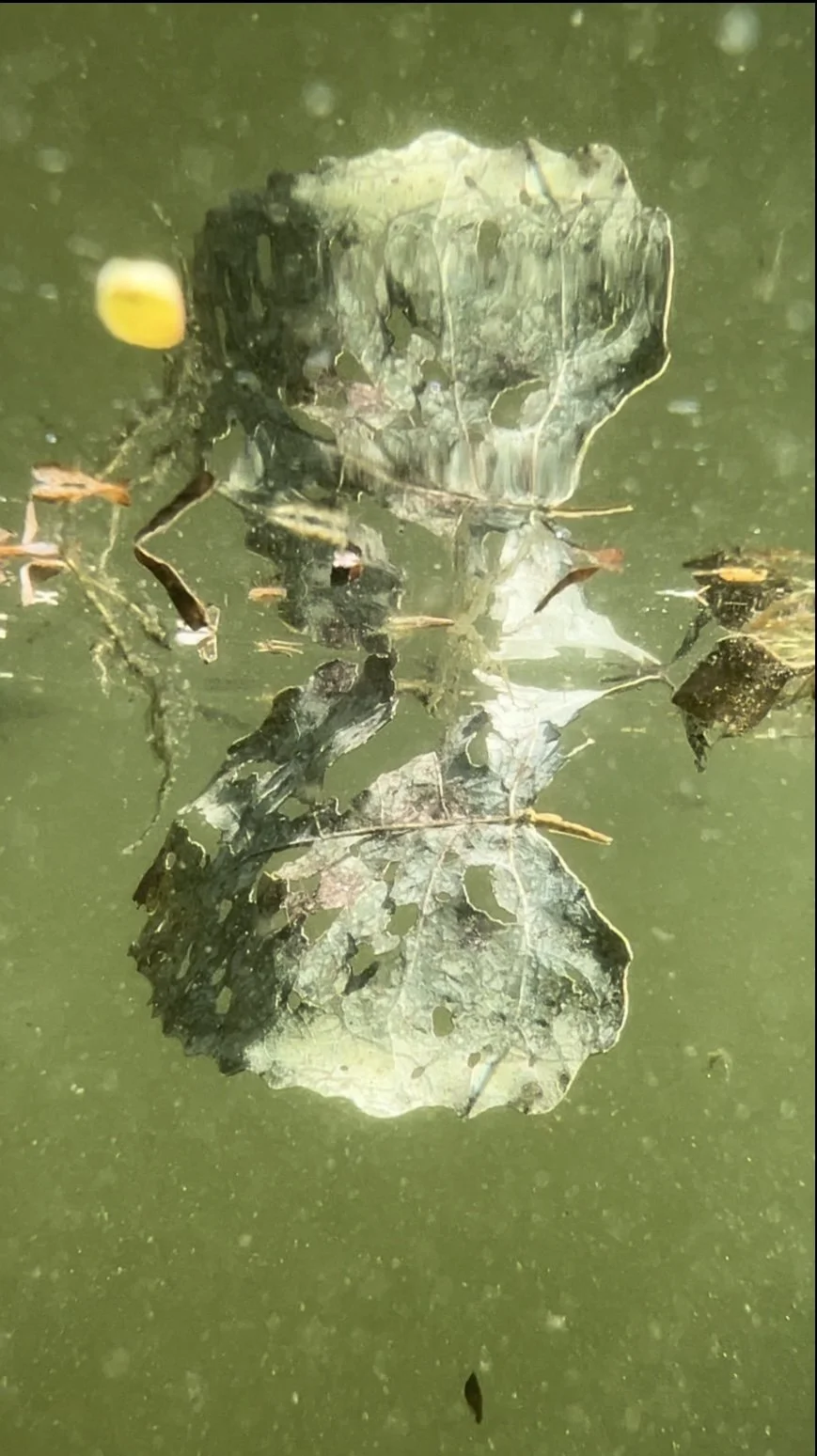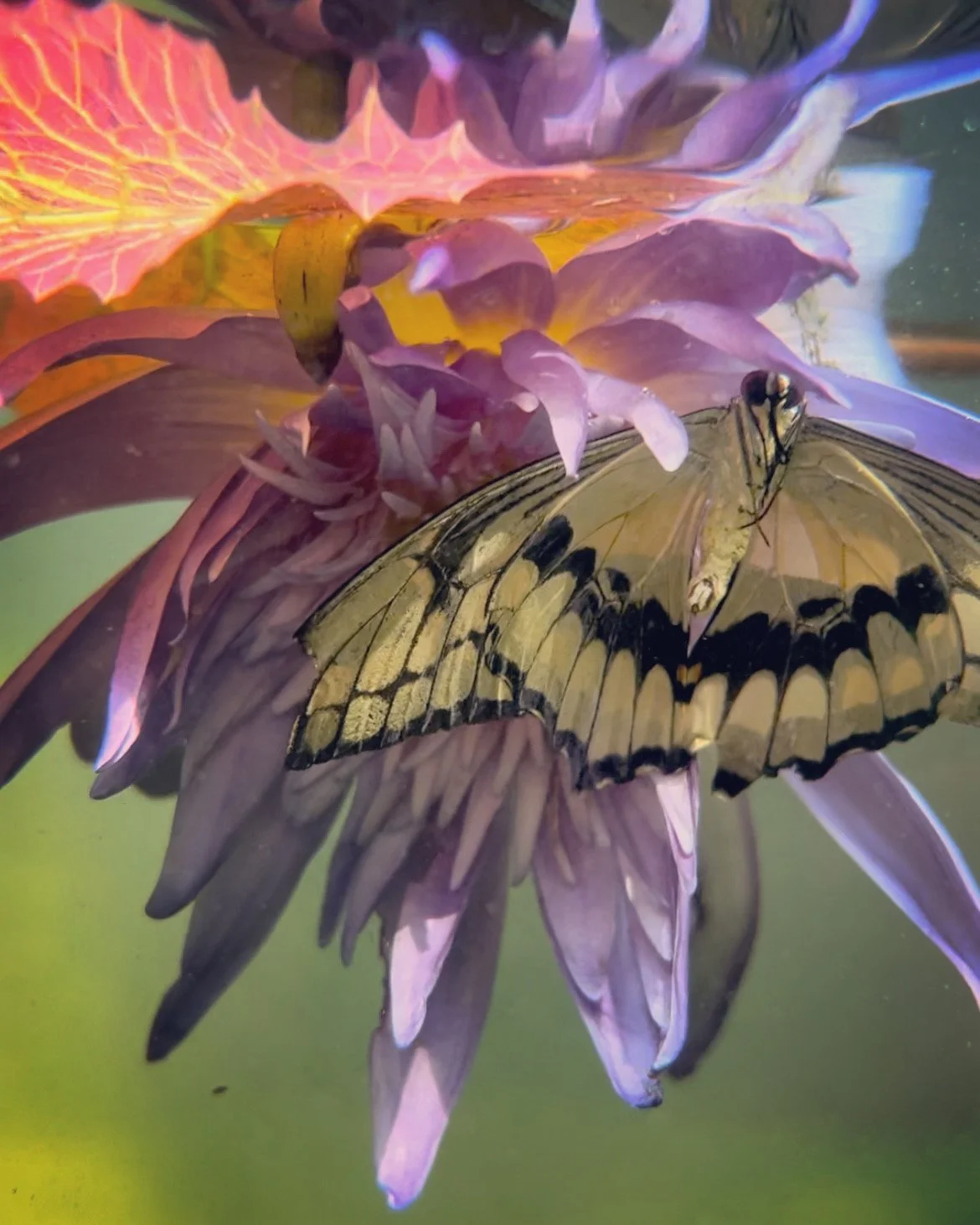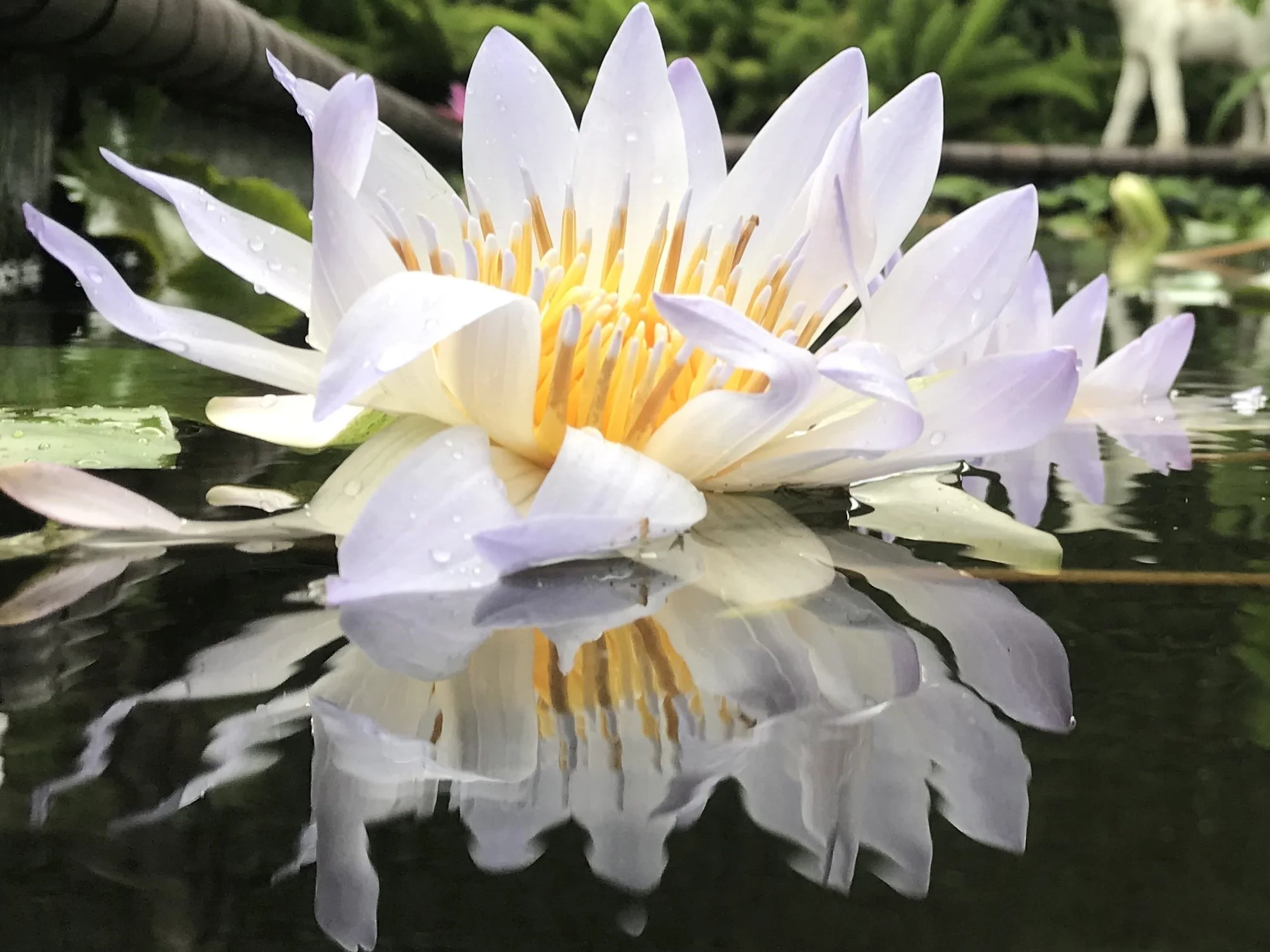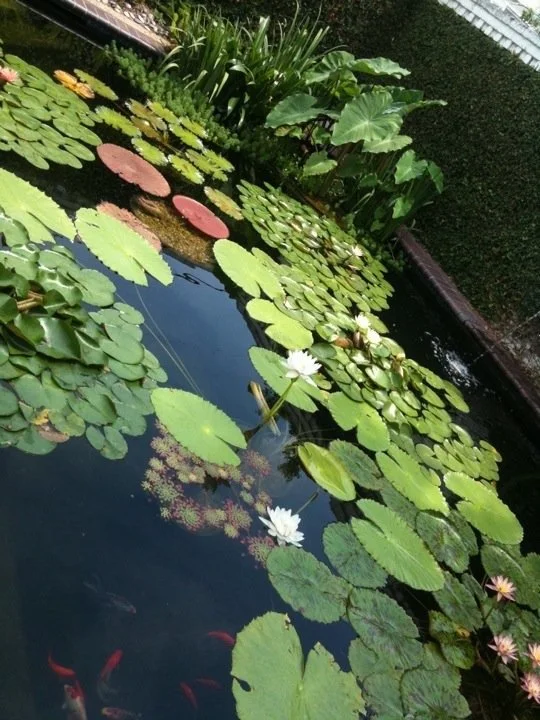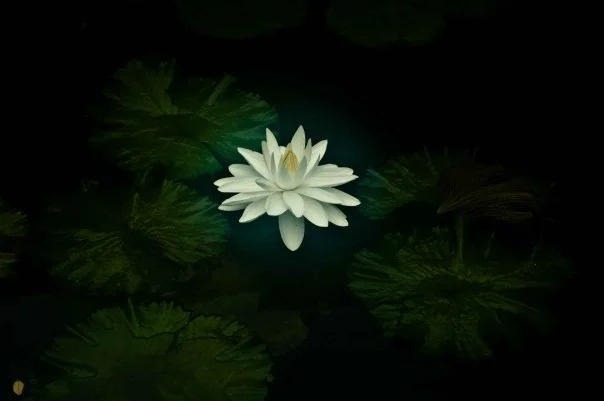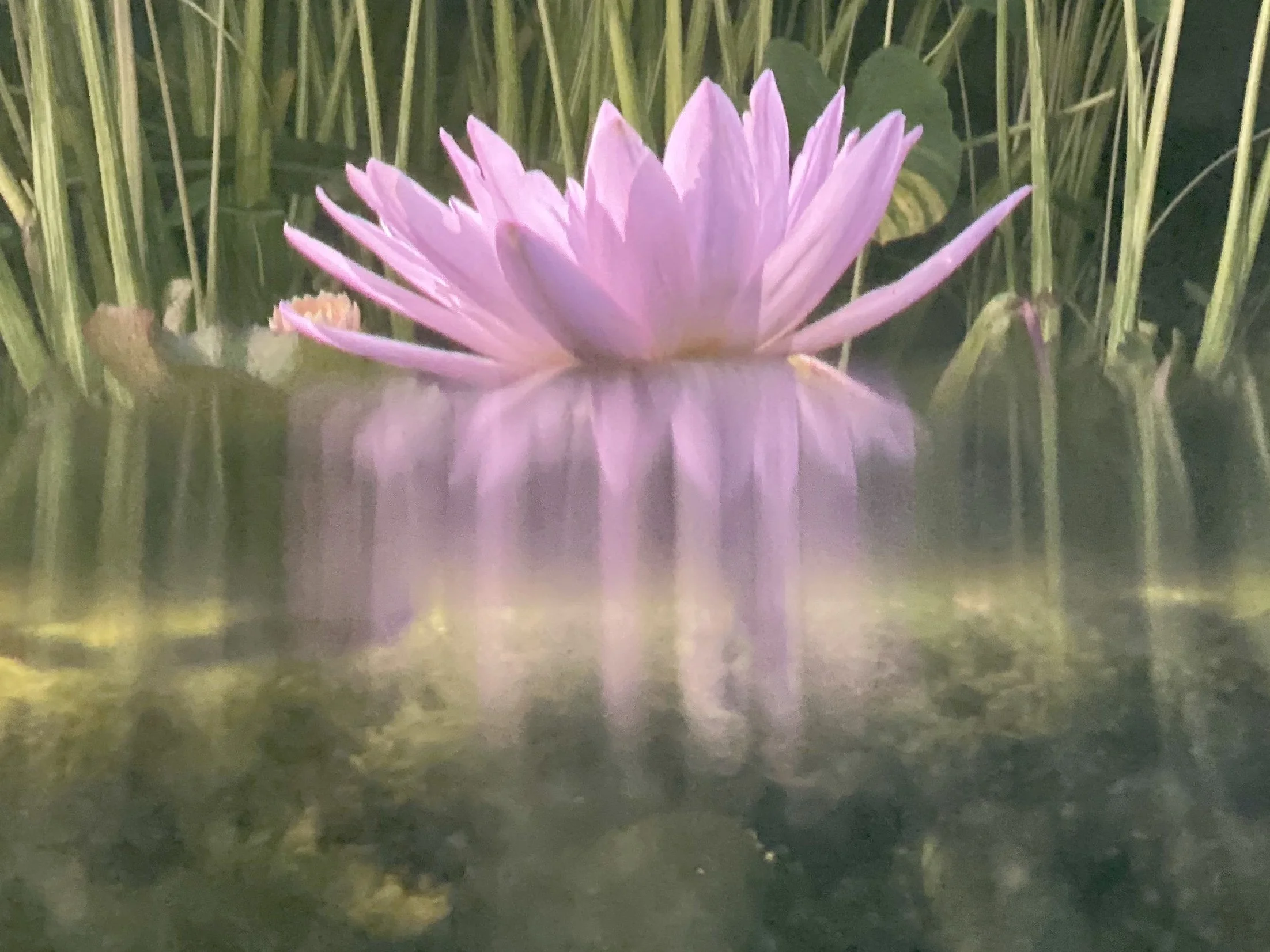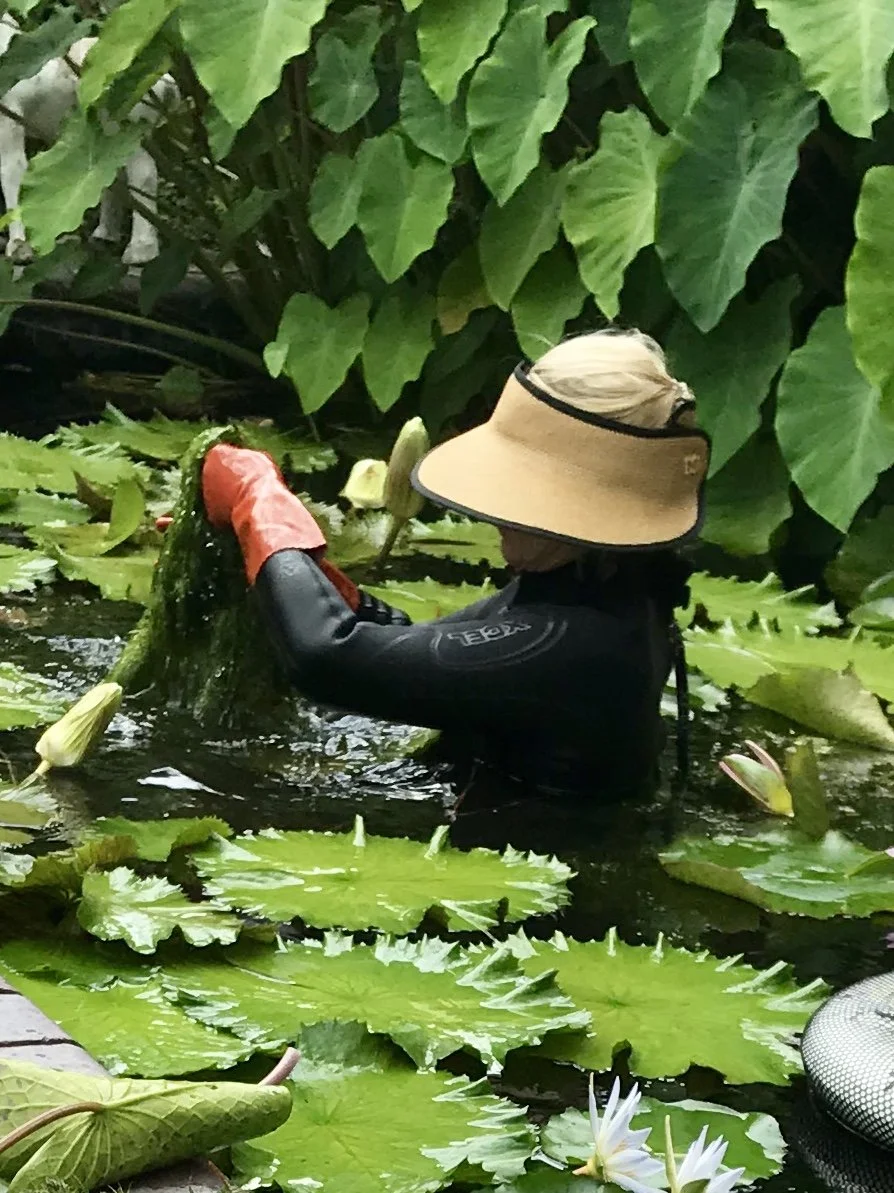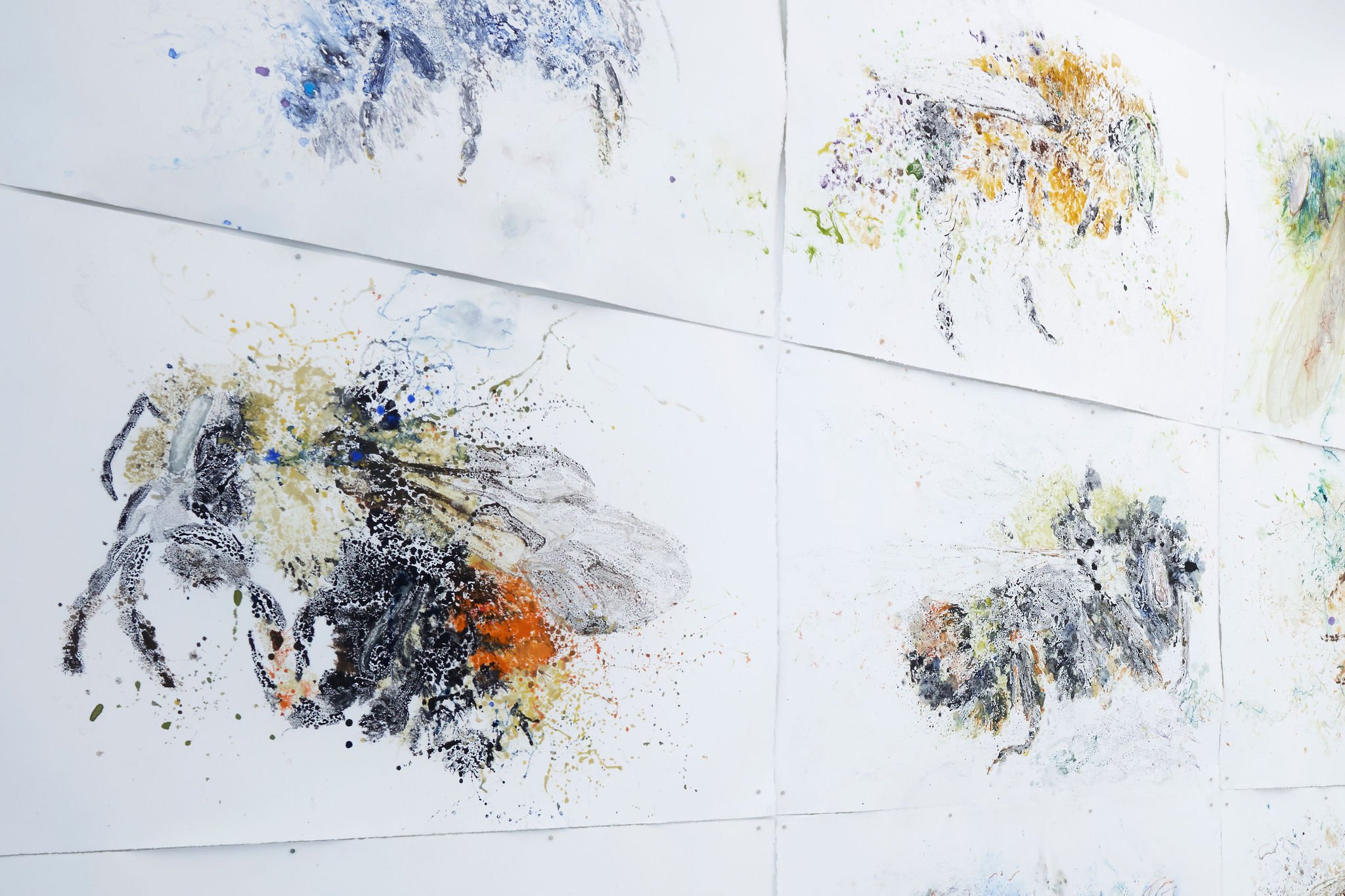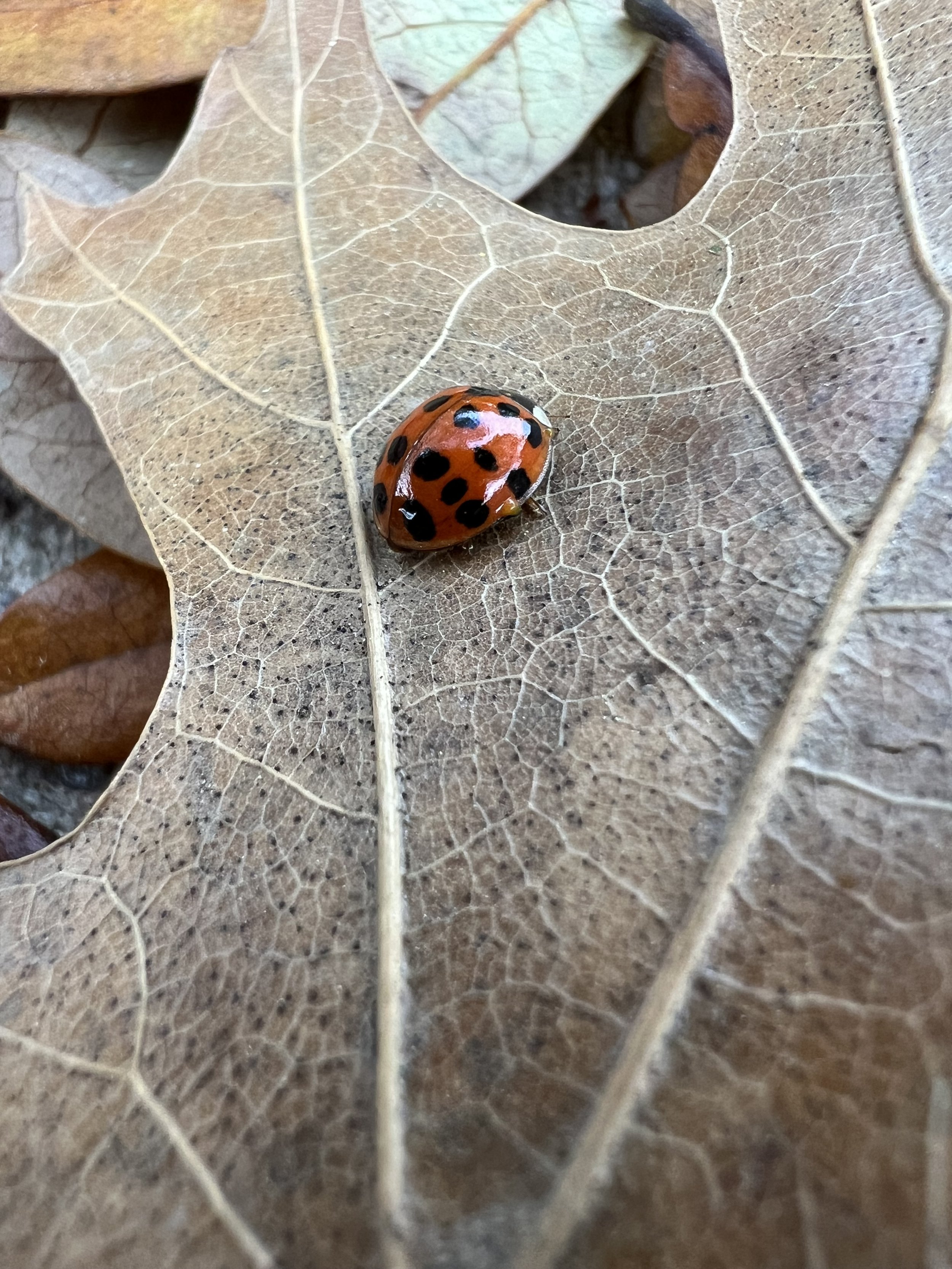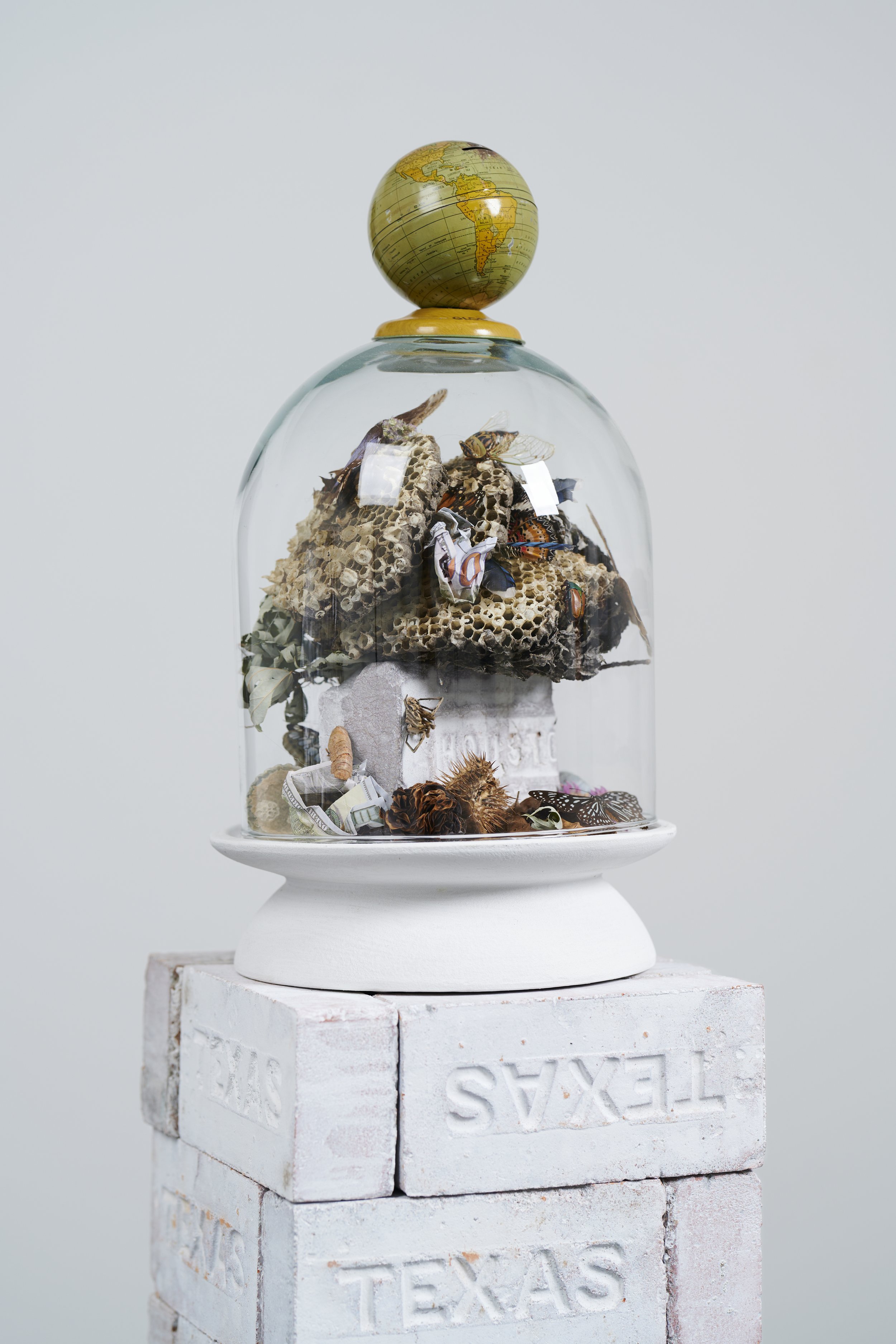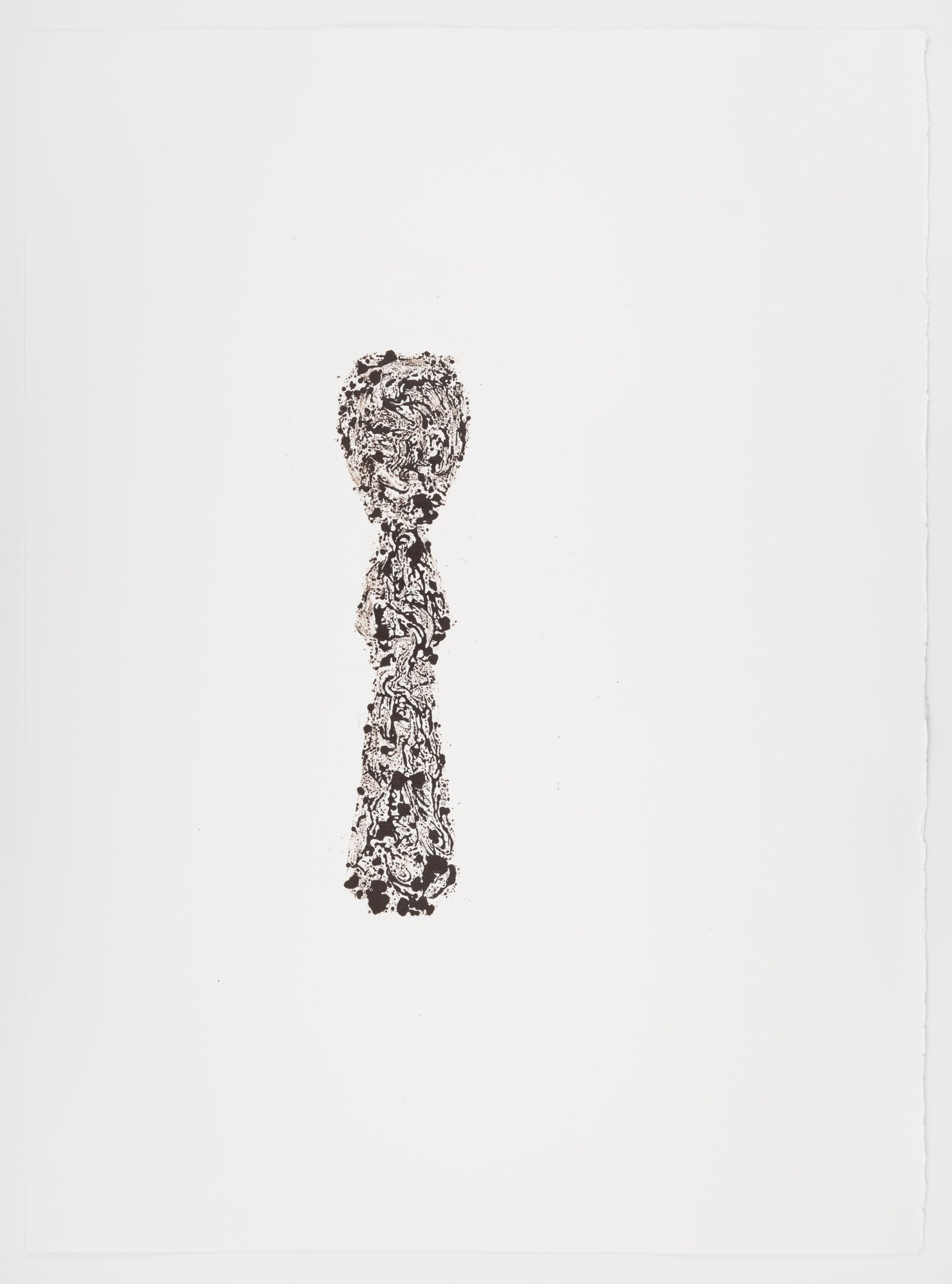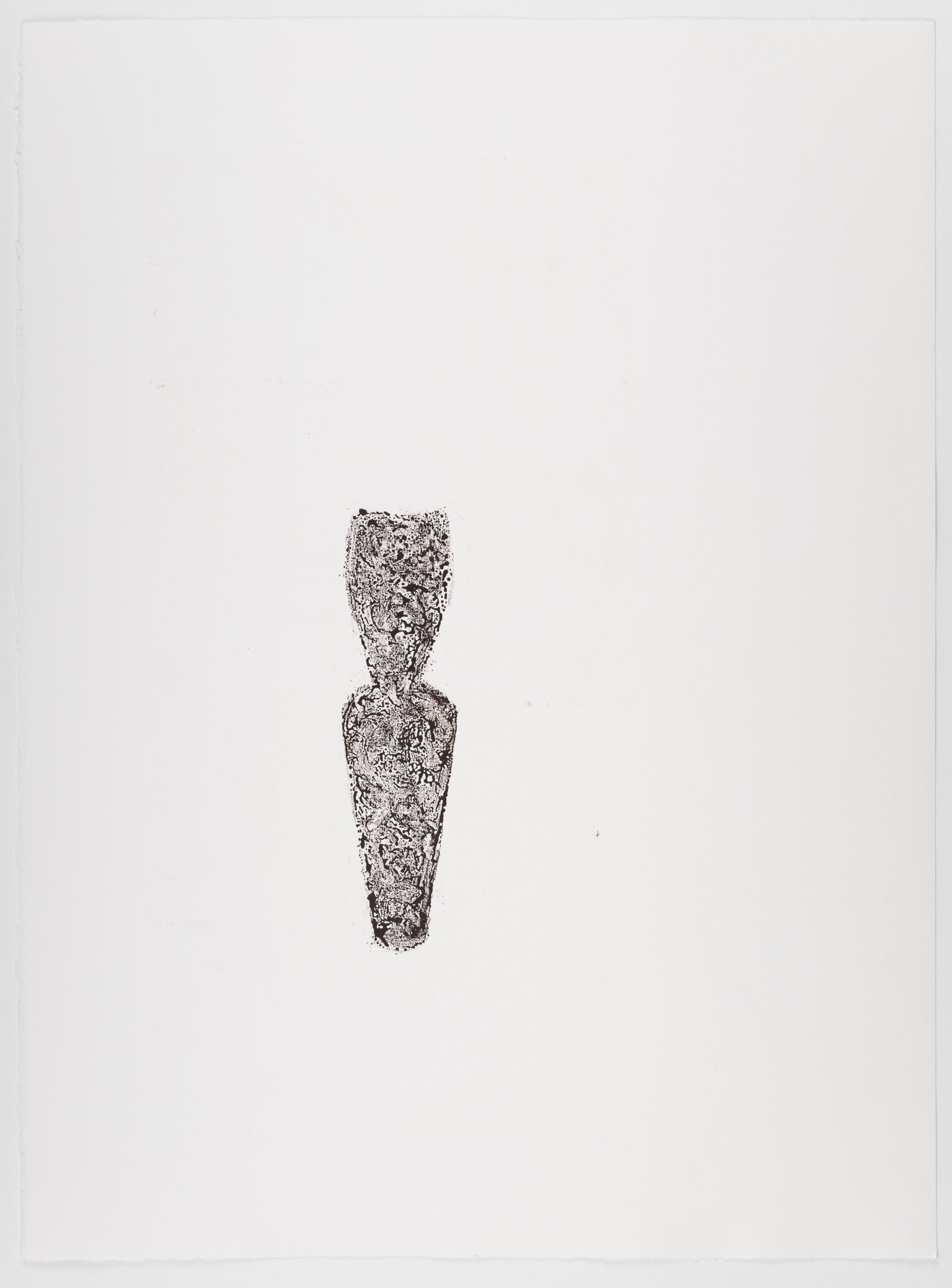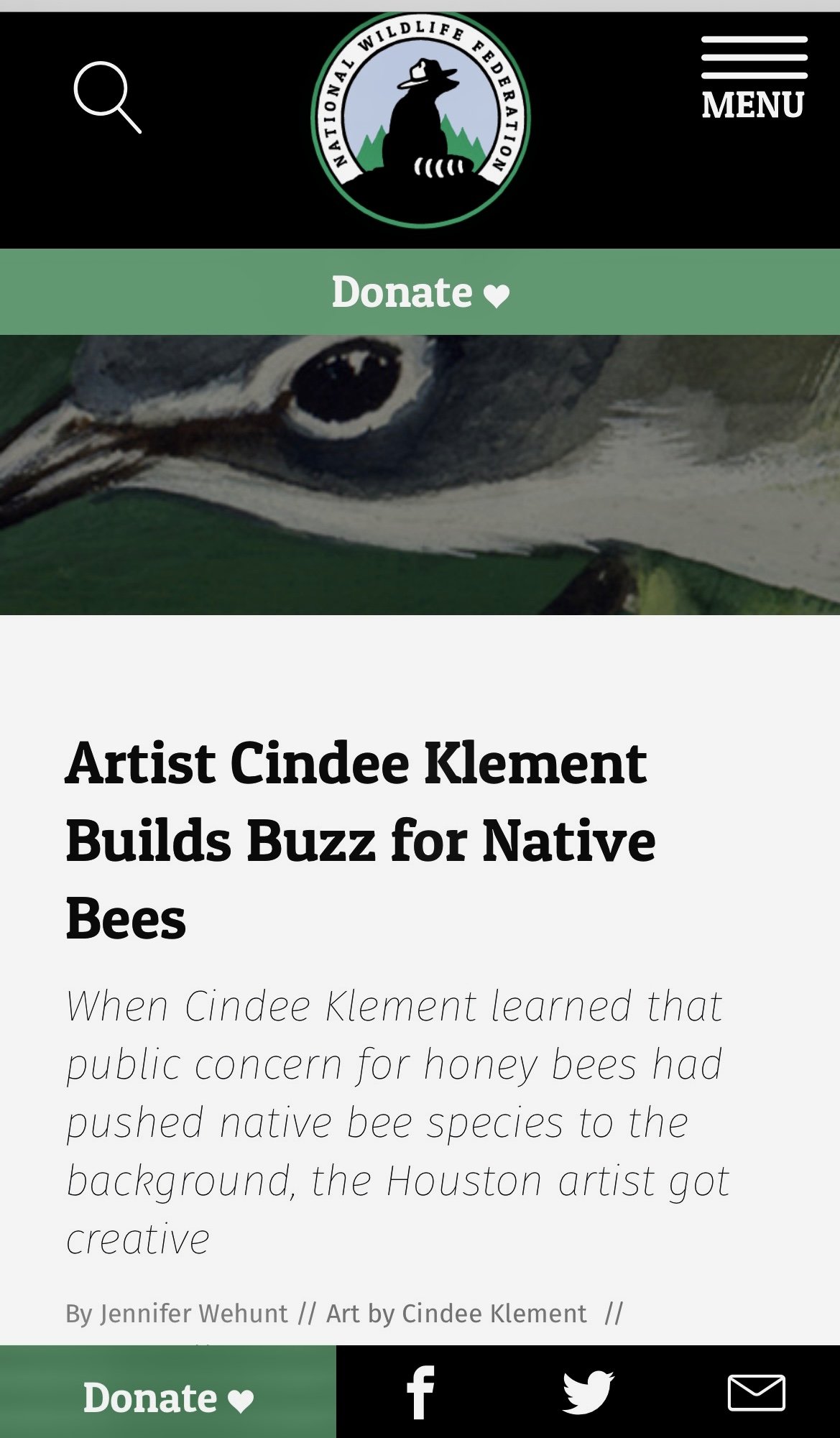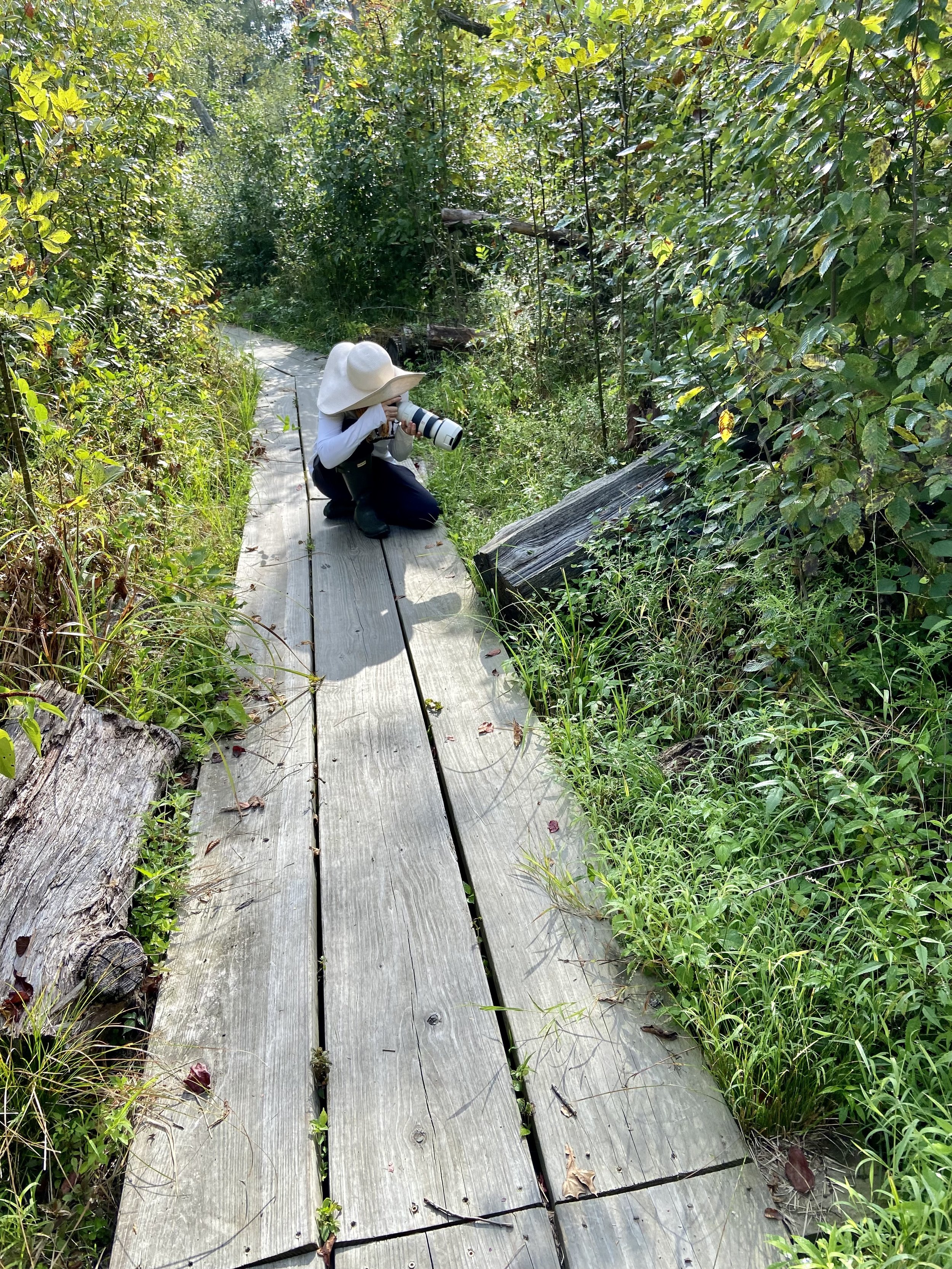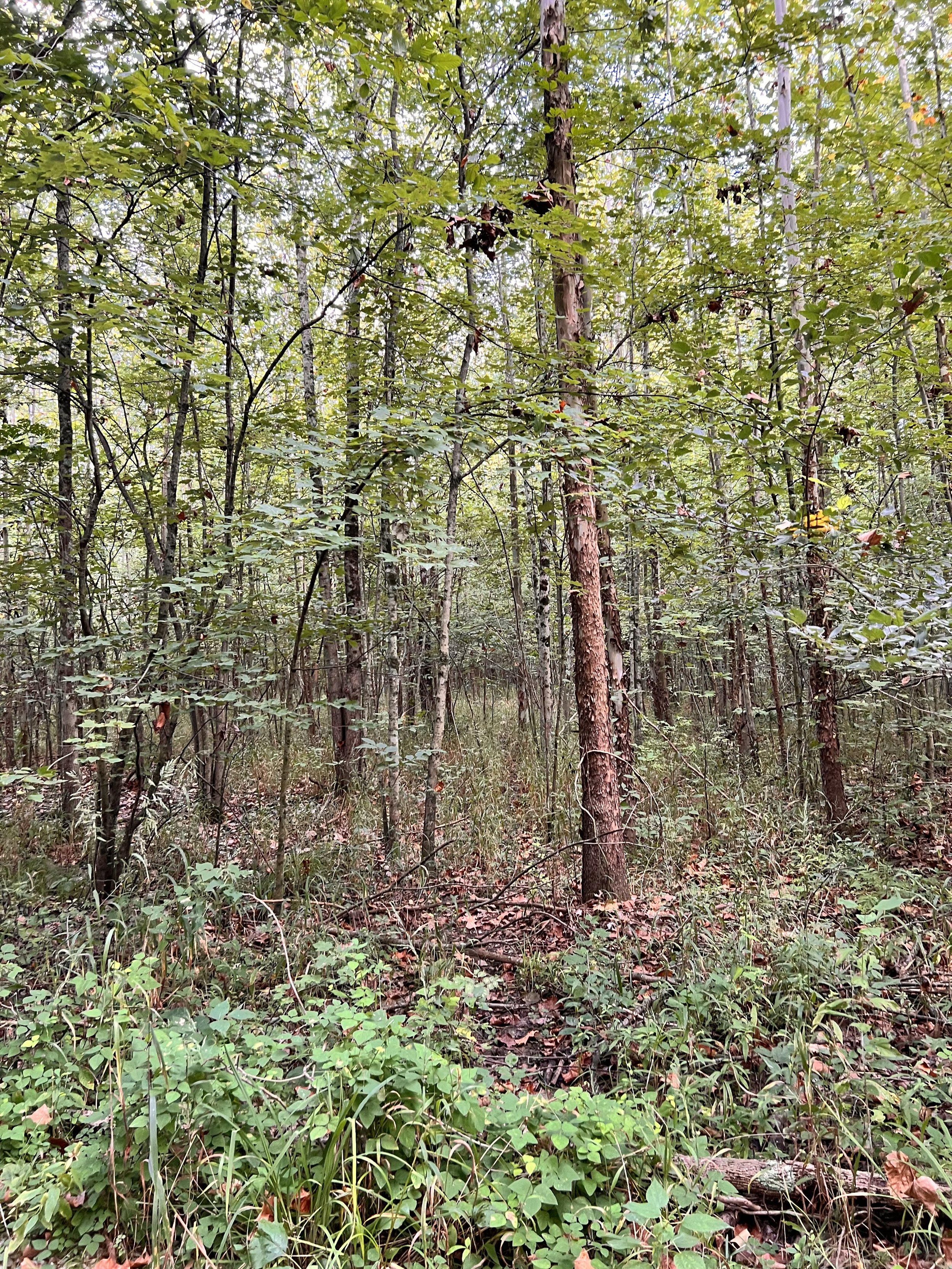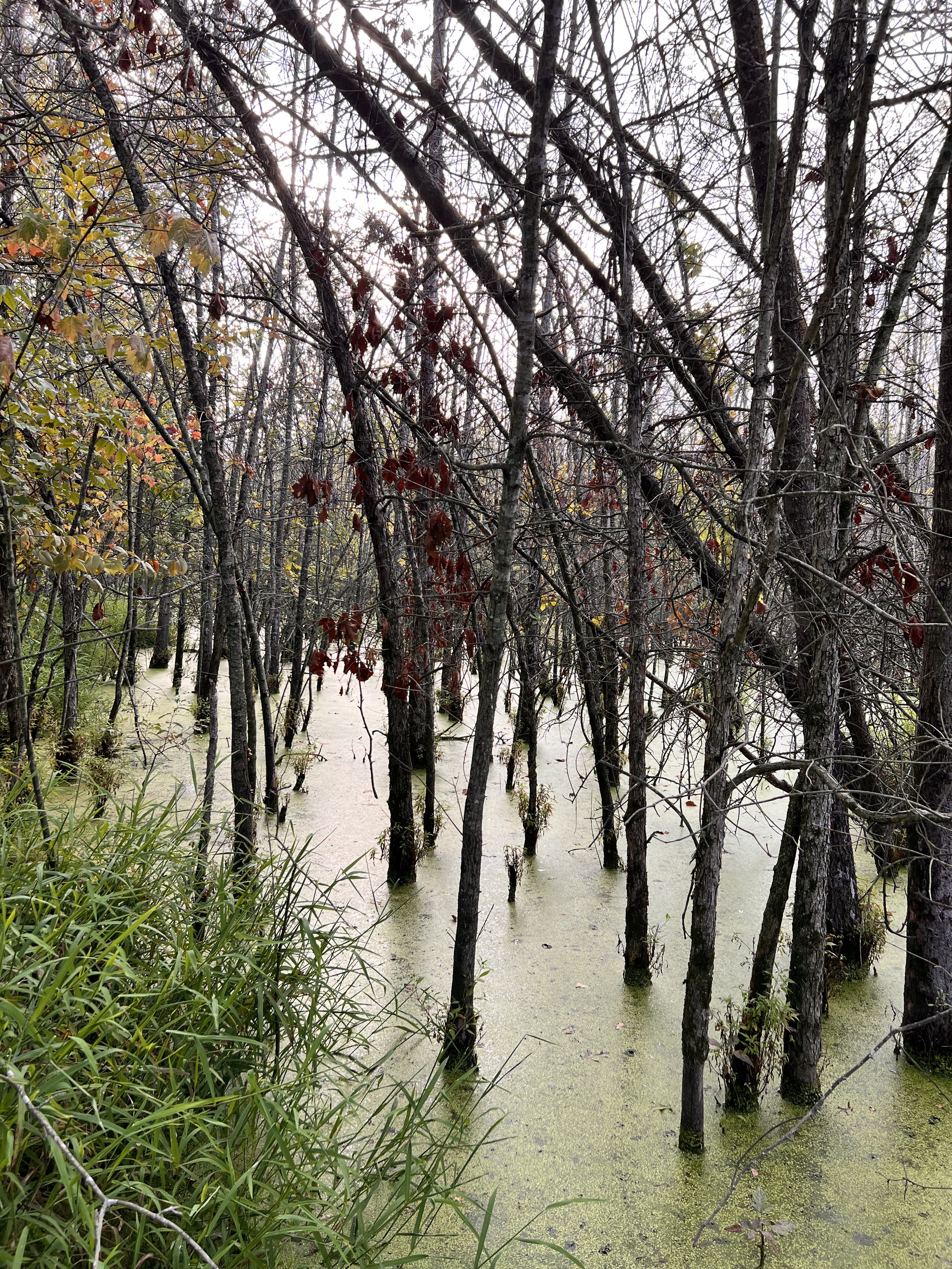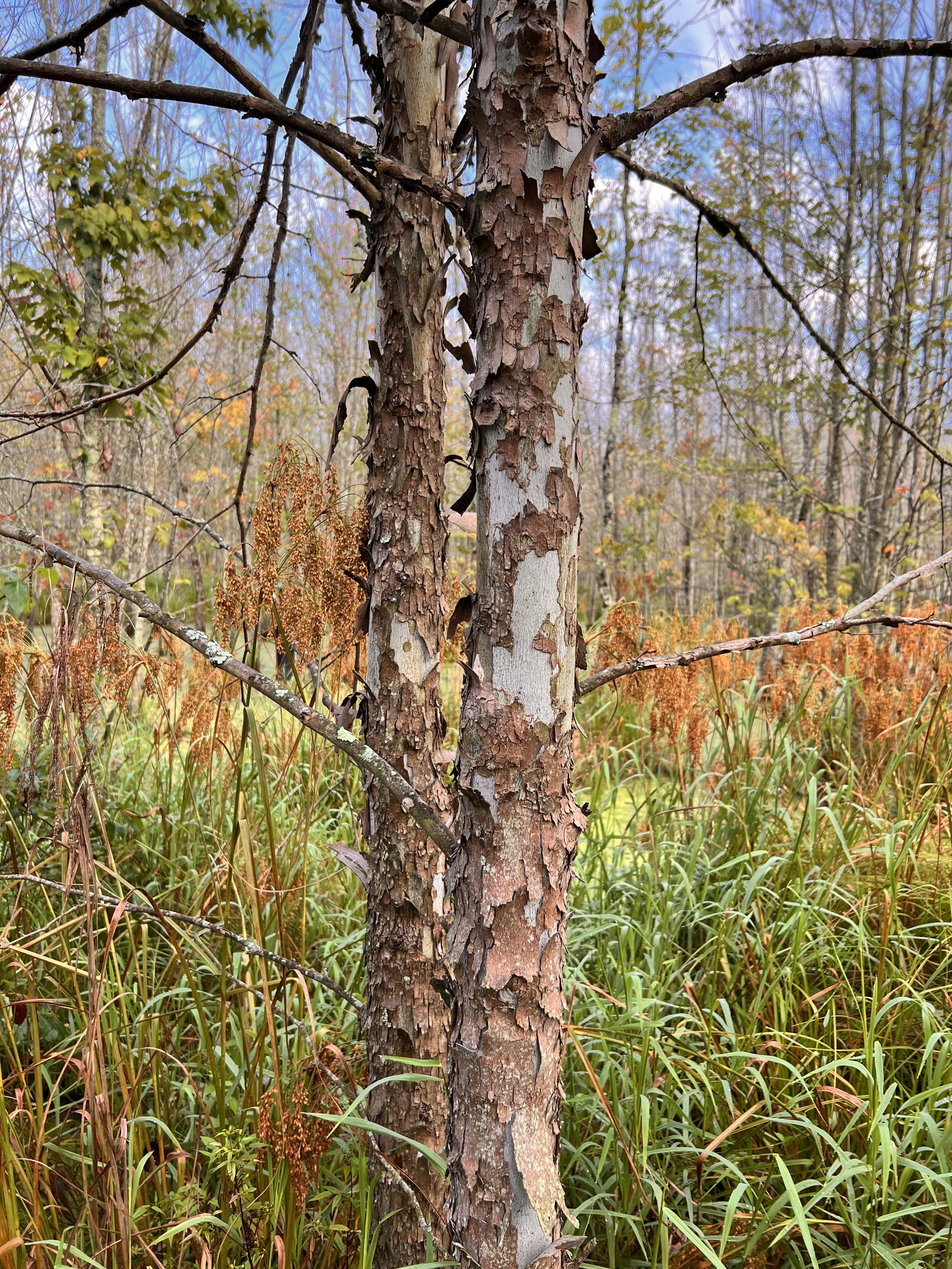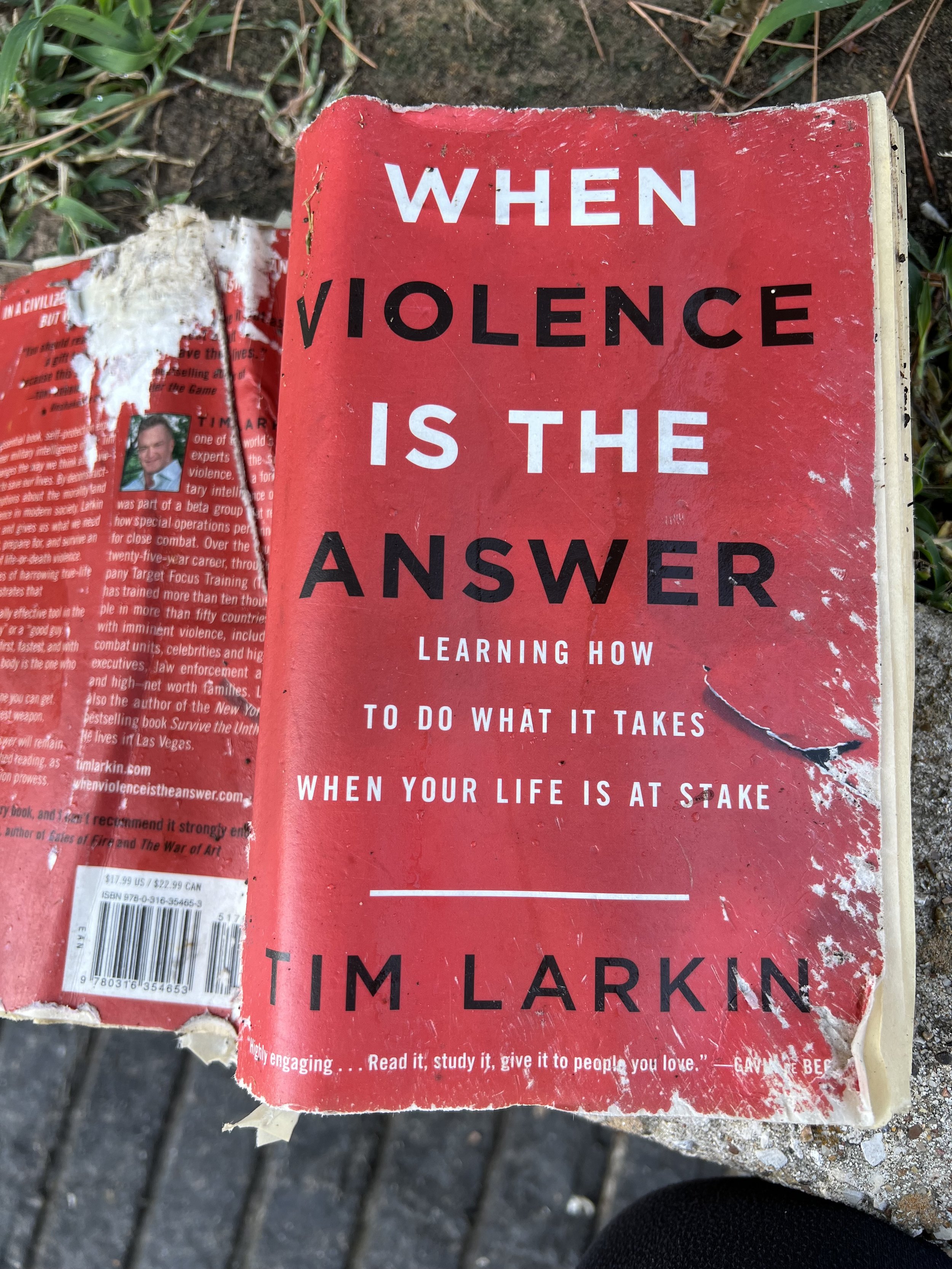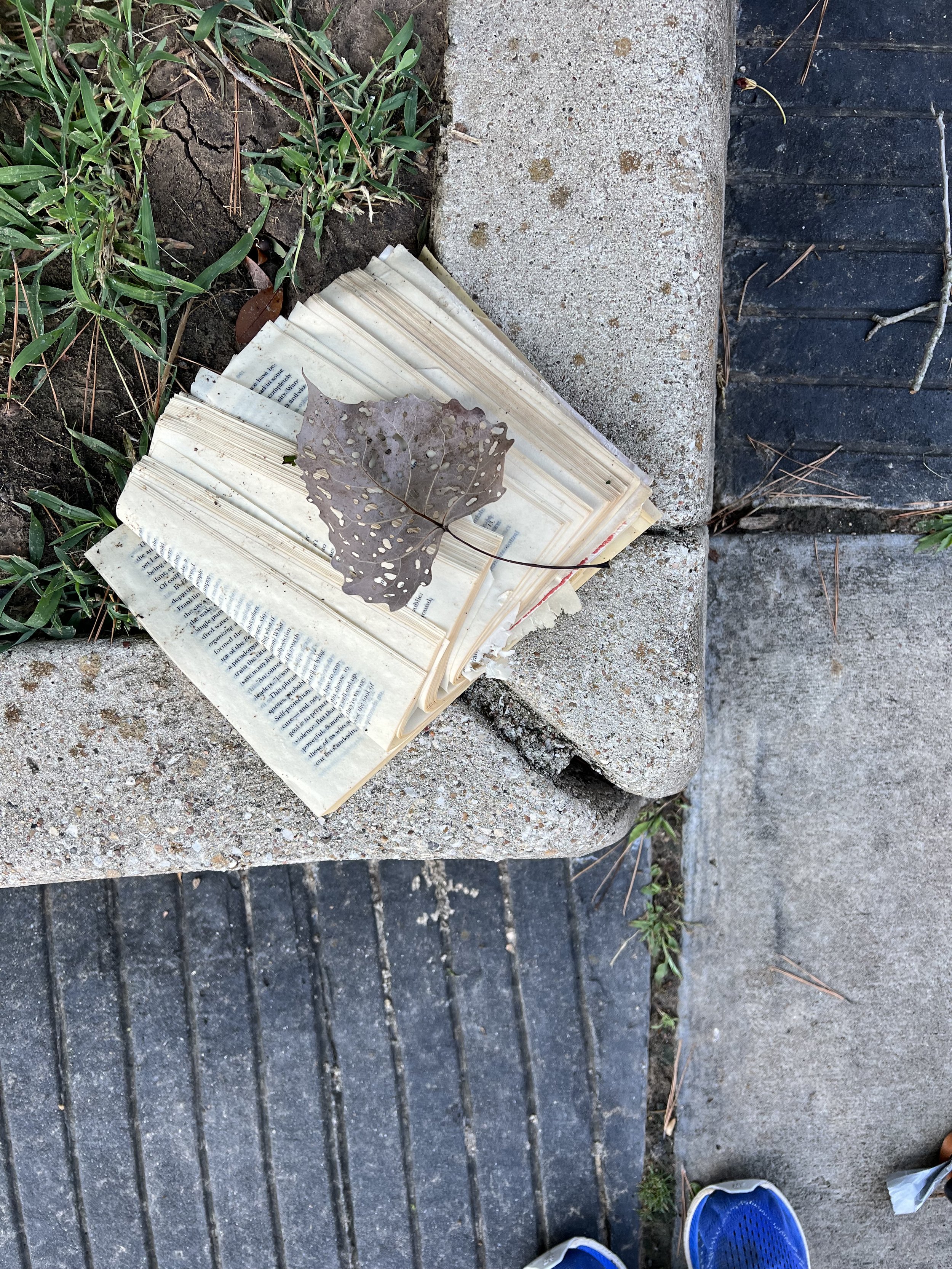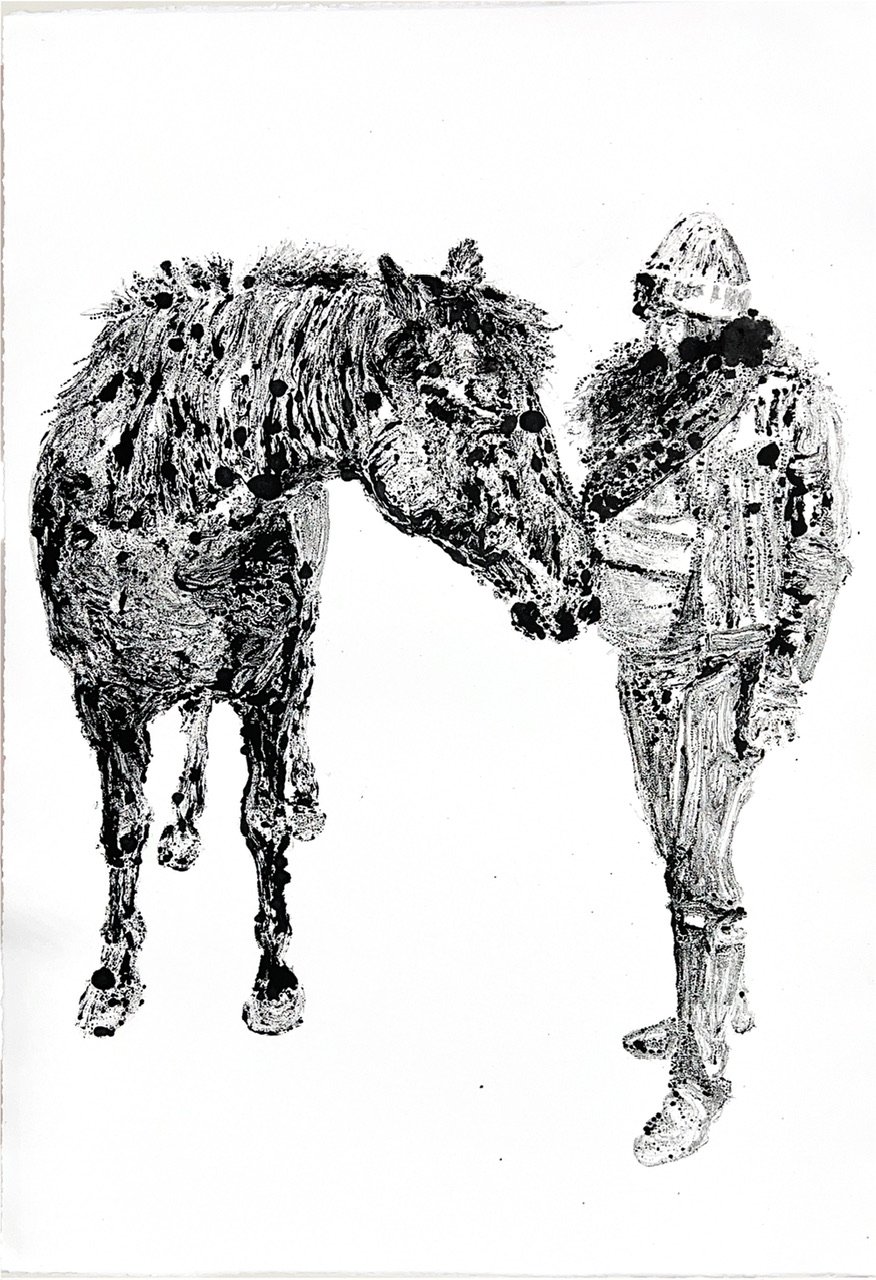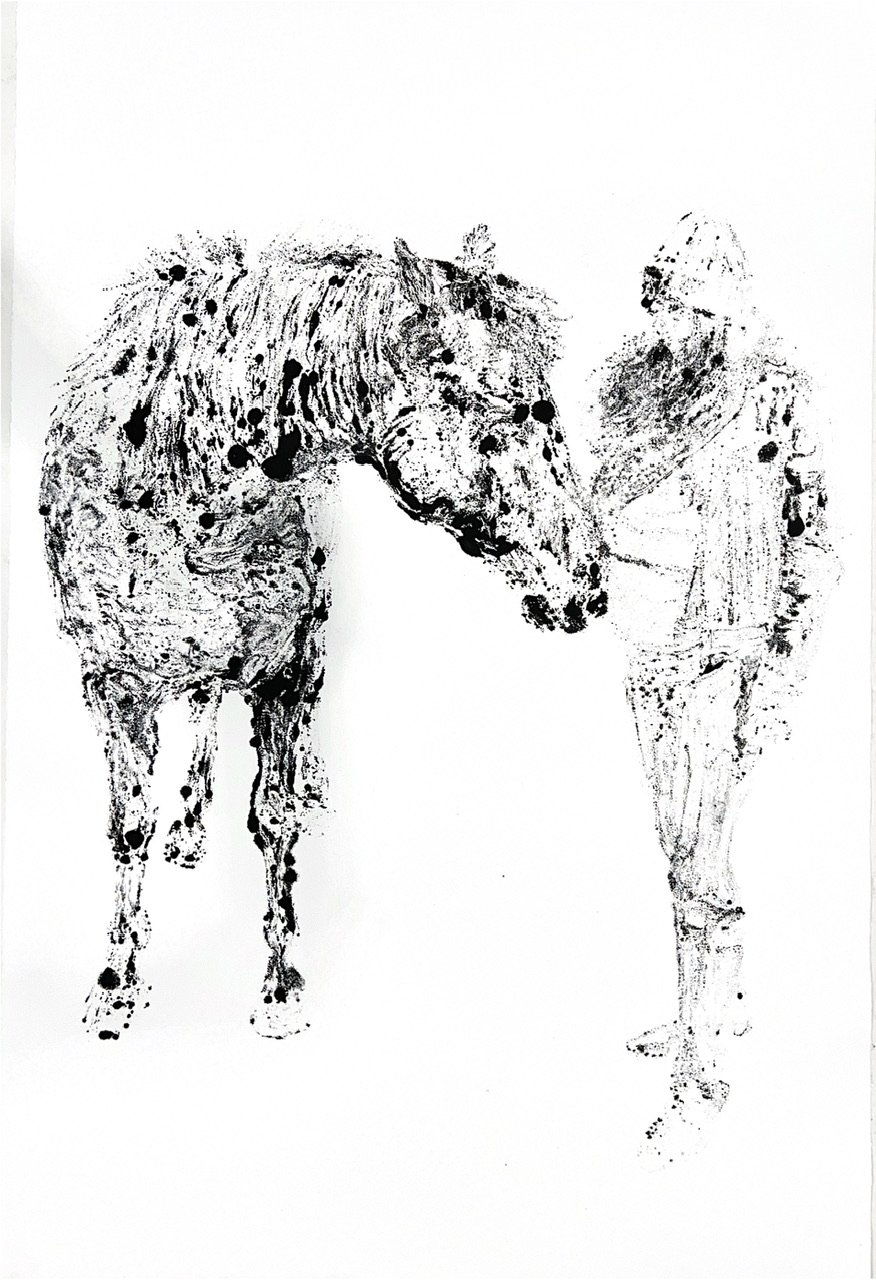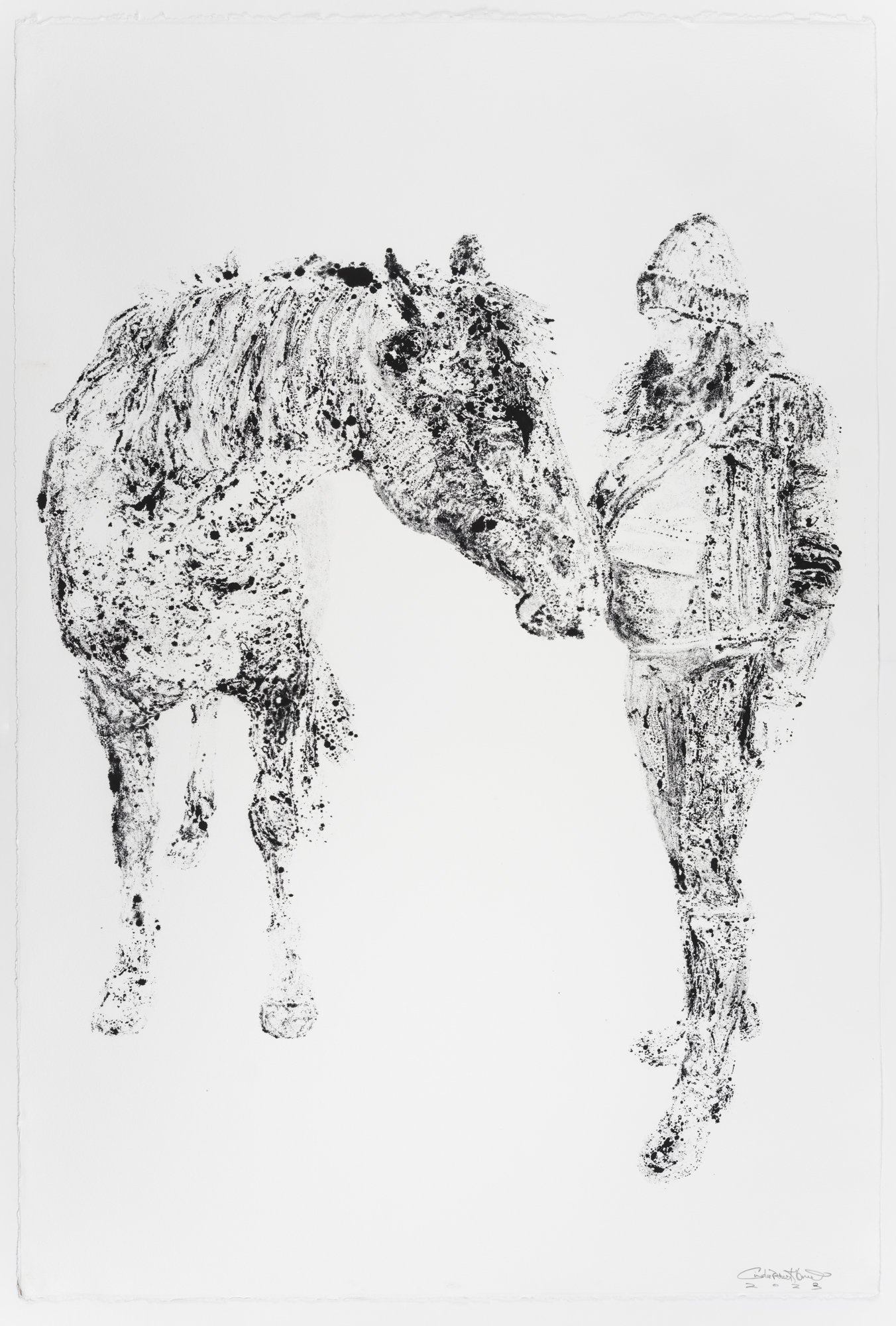This summer, I was presented with an incredible opportunity. A curator asked me to propose my dream installation, a chance to showcase something meaningful. The site owner was willing to support and fund the work.
After much contemplation, I decided on a proposal that filled me with passion and urgency. However, last week, it all came to a halt.
I am sincerely grateful for the curator’s interest in my work and the site owner’s support. Their initial inquiry inspired this proposal, and I cannot thank them enough for that. I believe that everything happens for a reason, I have an idea and I am hopeful that I will find the project a site and funding.
First a little background. While at Indiana University, I became aware that integrating ecological recovery with natural systems is a new academic direction and numerous educational institutions are interested in this area. After all, universities and school systems are the largest landowners in any city and having research students involved would be a great asset. Transforming the proposed installation into an art/environmental science installation would significantly enhance the social sculpture’s reach and benefit a university and society.
Below is my proposal.
Introduction-
Global warming, food security, drought/flooding, wildlife habitats, economic instability, and health – these problems are not new to humankind. The archeology of ancient civilizations has recorded connections between the longevity of civilizations and the health of their soil. The United Nations reported in 2014 that the world's topsoil would only last 60 more growing seasons. Soil scientists around the globe agree that solutions to these issues are rooted in our treatment of soil—the skin that covers our planet.
In a moment of global uncertainty, I ask myself, what materials and forms would I use to create the greatest impact on society and the environment? As I think of ancient civilizations' architecture, art, and spiritual practices, pillars and vessels played an important role in shaping their understanding of the world. Much of my previous work has been about conservation issues, looking specifically at Earth’s natural systems of bees, at waterways, at bison, at native plants, at recovery from Hurricane Harvey, and now at the underground systems of Earth. And so, I would use roots as my material and pillars as my vessel.
standingGROUND
In standingGROUND, I propose a four-stage installation of 5’-10’ tall pillars of various shapes grown from the roots of long-rooted prairie plants.
These pillars will be created by stacking various shapes of clay vessels commonly purchased from home and garden stores. The vessels with the bottoms removed will be stacked and centered on a steel pole cemented in the earth with a small footing for stability. The pots will be filled with a leaf-mold compost and seeded with native grasses and plants known for their root depth. They are to be nurtured and watered for approximately twelve months or until the plants are rootbound in the clay pillars. The clay will then be delicately broken away and the above-ground plant material removed, leaving freestanding pillars of delicately intertwined roots bound in the shapes of the stacked vessels. The root pillars will stand erect on the hidden steel posts.
Drawing inspiration from the rhizomatic root structures of native grasses that give structure to Earht’s underground life, these sculptures, woven by natural systems, standing above ground, will bridge the gap between sky, earth, water, and modern humanity. These pillars offer a glimpse into the intricate workings of an underground prairie ecosystem, the upside-down rainforest for carbon sequestration of North America.
Four Stages
The first phase of standingGROUND will focus on the sculptural aesthetics of the work. I will carefully build the pillars composed of ready-mades to be strong sculptural elements on their own. Once a site is selected, I will choose a paint color that harmonizes with the surroundings and emphasizes the sculptural qualities of the pillars. Lighting will play a crucial role in showcasing the sculptures in relation to their environment. I will paint the pots before the installation, touch them up, and paint the joints afterward. Information on the site will discuss the ecological and social aspects not yet revealed.
The second phase will be to install the pillars into an immersive experience. The towering yet human-like pillars will be positioned strategically to create an intimate and inviting space for viewers. Within this space, a stone or stump will be placed as a reflective seat, provoking thoughts on how our actions impact climate and biodiversity and how humanity can find harmony within natural systems.
The third phase of standingGROUND is when I physically chisel the ceramic vessels away to reveal the social sculpture aspect, the delicate white lace-like intertwined roots bound in the shapes of the stacked ready-mades bridging the gap between sky, earth, water, and humanity.
The fourth phase encapsulates the cycle of life, decay, and regeneration. This crucial phase is essential for ensuring life on Earth. The root sculptures will gradually erode and disintegrate when exposed to the elements. Once the installation has reached the end of its visual lifespan, I will carefully remove the root sculptures. The poles and footings will be relocated from the site. This stripping away of the remnants will leave behind a cavity in the ground previously occupied by the footings. Remarkably, this void will serve as a space where the roots can be placed to rest-regenerate and give birth to new life.
I started experimenting with the shapes in their root form last week. I initially created six sketches in the form of watercolor monotypes. Then, I researched more pot shapes with larger mouths and created four more in round 2. The images of these sketches are below. I will continue experimenting with these shapes as I work on a site.

